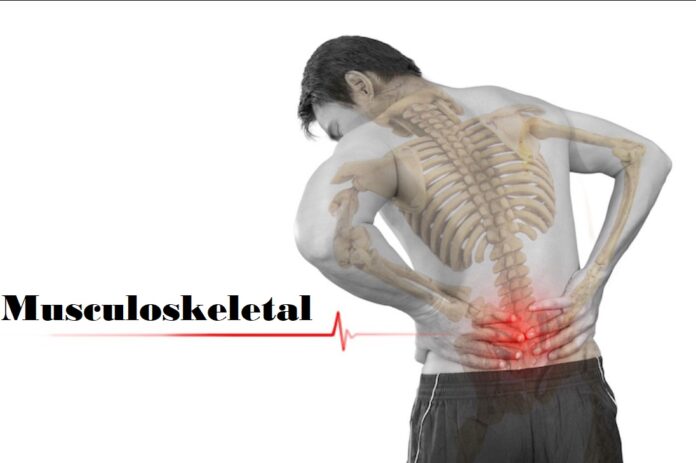Whether we like it or not, muscle pains and aches are a normal part of life. Everyone can experience it since this type of pain can be caused by a wide array of factors such as poor posture, muscle overuse, repetitive motions, or just the wear and tear of your muscles, bones, joints, or ligaments. And if you’re unfortunate, you can also add injury to the list.
Regardless of the cause of your musculoskeletal pain, one fact remains—you need to find ways to manage the pain you’re feeling. If not, this could lead to poor performance, physical limitations, and of course, sleepless nights.
Fortunately, there are plenty of ways on how to treat musculoskeletal pain. Read this article to find out what these are!
Tips on How to Manage Musculoskeletal Pain
Below are some of the common management techniques for musculoskeletal pain.

1. Invest in an innerspring mattress.
If you experience muscle pain quite too often, you may want to replace your mattress. This may seem like weird advice but keep in mind that the mattress will play a significant role in your sleep comfort. If the mattress is too soft, firm, or of low quality, you will undoubtedly wake up with sore muscles.
An innerspring mattress is one of the best mattress types for managing fibromyalgia. This type of mattress offers enough support for spinal alignment and may encourage proper sleeping posture. In this way,
Additionally, this mattress has good airflow, so you won’t wake up drenched in sweat in the middle of the night, which is often the case for people experiencing muscle pain.
2. Use an ice pack.
The most common treatment for musculoskeletal pain is RICE. No, we’re not advising you to eat rice. We’re referring to the acronym, which stands for Rest, Ice, Compression, and Elevation.
If you’re experiencing muscle pain, the first thing you need to do is rest. This is most especially true if the pain results from an injury since it is during at rest that our body recovers.
Afterwards, elevate and compress the injured part, then apply an ice compress to it. Ice will do great wonders in relieving inflammation and reducing pain.
3. Seek therapy from experts.
If the pain is already debilitating and is already limiting your mobility, you must seek professional help right awayto get the therapy you need. Some of the most commonly recommended treatments for fibromyalgia are physical and occupational therapies.
In these therapies, the expert would help you performa wide range of exercises designed to improve your range of motion, strengthen your muscles, and facilitate your recovery.
4. Try alternative therapies.
In addition to rehabilitation therapies, there are also other alternative therapies that you can try. Here are some of them:
Chiropractor treatment
This is also a type of hands-on therapy, but it focuses on spinal by a licensed chiropractor. This practitioner will apply a controlled amount of pressure on your joints to improve spinal motion and reduce musculoskeletal pain.
Acupuncture/ Acupressure
Both of these are branches of traditional Chinese medicine. In acupuncture, the therapist inserts thin metal needles into specific points in your body. With acupressure, you’ll be using your hands or fingers to apply pressure to the specific acupuncture points in your body.
5. Take or apply analgesics.
While there are pain relievers which you can buy over-the-counter, taking medications should be your last resort to minimize your medication intake.
Some of the medications that you can try are Naproxen, Aspirin, and Ibuprofen. The low doses of these drugs are available over the counter, but the maximum doses require a prescription.
Another option you have is topical analgesics that come in the form of creams, lotions, or gels.
While you have easy access to these analgesics, it’s still best that you consult professional medical advice,so you can determine which would be most suitable for your condition.
The Bottom Line
No one can escape the wrath of musculoskeletal pain. Fortunately, we’ve already shared with you some of the best ways to manage and treat musculoskeletal pain. If the pain persists, you should consult with a healthcare expert right away!


